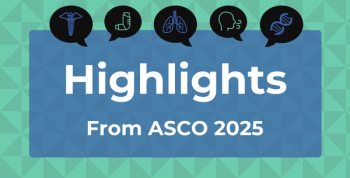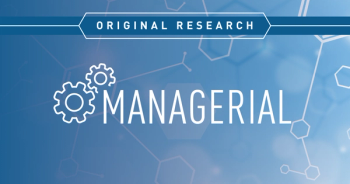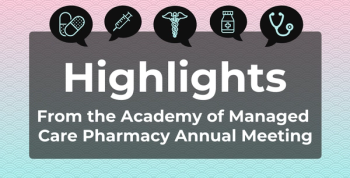
Dr Susan Mani on the Importance of Process Measures When Determining Value of SDOH Initiatives
If you wait for lagging outcomes, such as readmissions, it may be months before you realize if the initiative is working or not, explained Susan Mani, MD, vice president of Clinical Transformation and Ambulatory Quality at LifeBridge Health.
If you wait for lagging outcomes, such as readmissions, it may be months before you realize if the initiative is working or not, explained Susan Mani, MD, vice president of Clinical Transformation and Ambulatory Quality at LifeBridge Health.
Transcript
Why is it important to not just look at endgame outcomes but also process outcomes when determining the value of initiatives addressing social determinants of health?
That is critical to success. If you wait and look for what I call a lagging outcome, like readmissions, you may go months before realizing the initiative of programs you have in place really are not moving the needle. What we had to do operationally was break it down into specific behaviors, which led to some process measures our team could follow. If we know that we had issues around access, then how well are we doing with our access? Is every patient getting a follow-up appointment within the specified time period, and not only are they getting they appointment on discharge, are they actually getting to that appointment? That really tells us if we’re getting successful with our measures. Same thing when we were talking about transportation. Which of our patients really had an assessment done to see whether they had transportation issues, and did we actually supply them with their transportation needs?
Medication is another perfect example. So, in all of those, it really led down to what are the specific behaviors that our physicians needed to do, and how well are we doing it, what are the specific things our care management teams needed to do and our nurses needed to do, and also for our patients and their families, they’re very integral to their own care plan; so, how well are we doing at engaging our patients and their families? By looking at those things month to month, we know well ahead of the time of our readmissions how well we are going to do.
Newsletter
Stay ahead of policy, cost, and value—subscribe to AJMC for expert insights at the intersection of clinical care and health economics.







































